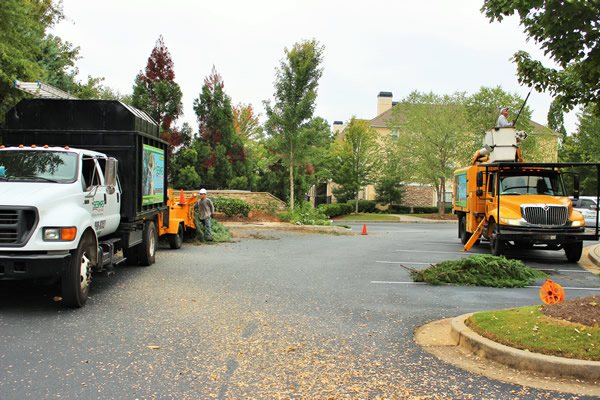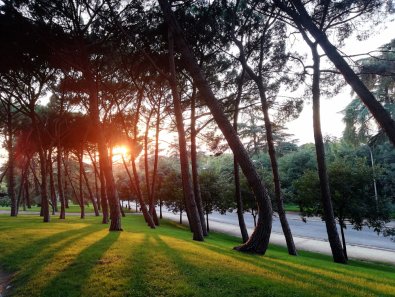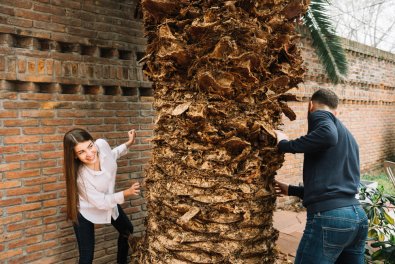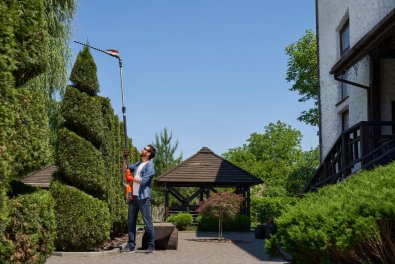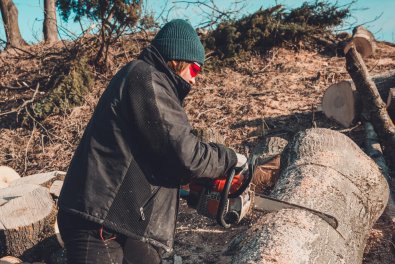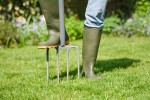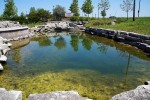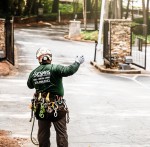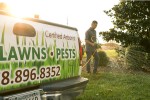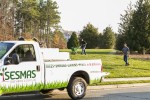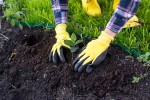5 Signs Your Trees Aren’t Storm Ready
Trees are a valuable addition to any landscape, offering many benefits. We rely on trees for a cleaner and safer environment and to increase property value, amongst other things. If you live in an area likely to be affected by storms, you must ensure the trees in your backyard can withstand the harsh weather. Even with regular maintenance inspections from a tree care company, a tree can still be a safety hazard during a storm.
Sesmas Tree Service has a team of trained professionals ready to help you maintain healthy trees that don’t compromise the quality of your premises during a storm. As we approach winter, we can help you determine if your trees can withstand lighting, wind, snow, and ice. The risk is more significant for damaged trees, which can fall without warning, causing severe injuries and property damage. It is crucial to have professional tree service conduct regular inspections before a storm so that you know what trees to cut down. Here are signs your trees might be compromised in a storm.
Cracks in the Trunk
The trunk plays a vital role in the growth and development of a tree, and if it sustains damage, it can compromise the well-being of your tree. All the nutrients and water absorbed by the roots are transported via the trunk to other parts for optimal health and growth. If you detect cracks in the trunk or major limbs, you need to have a tree service company inspect your tree before it comes down to your home.
Signs of Decay and Hollowing
Are there mushrooms growing around the base of the tree? Do you see holes or pests near the tree? These are signs of decay and hollowing, which means the tree is probably dying or dead. Such trees lack sufficient support and can easily fall during strong winds. Weak limbs can also fall when least expected, causing irreversible damage to your home. A tree service expert can help you detect severe signs of deterioration before it gets out of hand.
Significantly Leaning to One Side
While it is common for trees to lean when the angle is lower than usual, you may have a tree care company take it down before it is too late. Leaning is often associated with inferior anchorage, and the tree may fall on surrounding structures during a storm. If a tree near your home is leaning too close, take action as soon as possible to avoid costly repairs and injuries.
Proximity to Utility Lines
A tree should be approximately 20 feet from a utility line. When branches rub against power lines, you can expect the situation to worsen during a storm. We work closely with the utility company to ensure the tree is removed or pruned safely, with minimum damage to existing structures. It also guarantees the safety of your household and our team during maintenance.
Branches Hanging Over Your House
As mentioned, the proximity of a tree is crucial if you determine its ability to withstand a storm. Overgrown limbs hanging over your roof are weak and likely to fall during harsh weather. Don’t wait for a leaking roof in winter to have a tree removed or trimmed. This is the time to ensure your yard is ready for winter and the subsequent storms.
Contact us at Sesmas Tree Service and schedule a consultation with our tree care professionals. We aim to ensure you maintain a healthy and lush lawn throughout the year. Use our experience to enjoy safe premises this winter.


